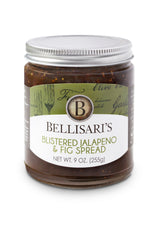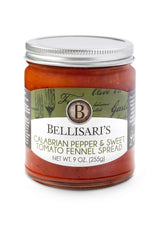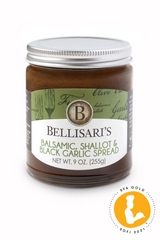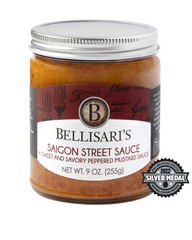If you think about building something -- anything, really -- a strong, properly-built foundation is key to having an enduring structure that can withstand the tests of time. And just as in construction, the same is true when building flavor in the many soups and sauces that make up the complex flavors of foods throughout the world. They all need a good foundation in order to have a hearty, layered dish.
A big bowl of warm, hearty stew is typically full of flavors that go farther than the ingredients that first come to mind. To ultimately get the rich, savory flavors you crave, you need to know about what makes up the backbone of these liquid-based meals. Sometimes called the “holy trinity” of cooking, it’s time to learn about mirepoix. Mirepoix (pronounced "meer-pwah") is a fundamental element of classical cuisine; it's the key to flavor and aroma in so many dishes.
There are only three things in a mirepoix: carrots, celery, and onions. When combined, these three simple ingredients, commonly referred to as "aromatics," come together to add flavor and aroma to stocks, sauces, soups, and other foods.
Cajun chefs use a variation on mirepoix which consists of three parts onions, two parts celery, and one part green bell pepper." Other variations, like the Spanish and Italian sofrito or the German suppengrün, utilize tomatoes, parsnips, leeks, celery root, fennel bulb, shallots, or garlic.
Traditional mirepoix consists of two parts onions, one part carrots, and one part celery, with the proportions determined by weight. Therefore, one pound (16 oz) of mirepoix would be made up of 8 ounces of onions, 4 ounces of carrots, and 4 ounces of celery.
If you're in culinary school or a stickler for the rules, then you'll want to break out the kitchen scale to get the ratio exact. But if you're cooking at home, you can feel free to eyeball it. Mirepoix isn't something that needs to be calibrated to the exact ounce. You could even use volume measurements (like two cups of onions and one cup each of carrots and celery) instead of weight, and it'll still work fine.
When you're making stock, the mirepoix is ultimately strained out, so you don't need to be particularly precise when chopping the vegetables. The pieces should be more or less equal in size to allow for uniform cooking times, but otherwise the way the mirepoix vegetables are cut is less important for this use. Keep in mind, the more finely mirepoix is chopped, the more quickly its flavor and aroma are released into stock.
If you're using the mirepoix for a recipe, the instructions should say how fine to dice the veggies. Also, you may notice some recipes, like a slowly cooked beef stew, may call for carrots, celery, and onions, but won't refer to it as a mirepoix. Now that you know the term, you can look out for the three ingredients, and you’ll start to realize how often mirepoix forms the base for so many dishes.
Using mirepoix is super simple. Rinse, trim, and peel the vegetables. Then chop them into uniform pieces. You can add the mirepoix uncooked to stocks and broths for a light dose of flavor. However, to add richness to heartier stews and braises, "sweat" the vegetables first, cooking them with a little oil or butter over low heat until they start to release their juices into the pan. Usually you want to try to avoid browning the vegetables. But if you’re going for a more caramelized flavor, you can go ahead and char them a bit. Also, the shorter the cooking time of your recipe, the smaller the pieces should be, so that they effectively infuse the foods with flavor.
Many chefs consider mirepoix to be the key ingredient for adding that extra “umph” to a dish. It's the secret to the sauce; the essential ingredient; the reason your food tastes so good. Mirepoix plays an important role in flavoring soups, stews, casseroles, braised meats, and marinades. You’re probably using mirepoix in different foods you prepare, even though you didn’t know it was called mirepoix! In any case, you should be using mirepoix to elevate the flavors of your cooking.







